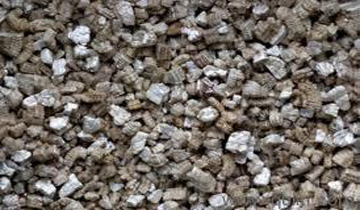ALM CLC BLOCK LLP
Invented in Sweden in the second decade of the twentieth century, cellular concrete was used commercially across Scandinavia and in Germany and the United Kingdom in the 1920s and gained traction throughout Europe and much of the rest of the globe after the Second World War. In these early years, cellular concrete was produced with portland cement, water, and a foaming agent, and used mostly in insulating roof and floor screed applications and in underground pipe installations.
It is known for its properties including thermal and sound insulation, as well as being lightweight.
Cellular Lightweight Concrete (CLC) is conventional concrete, where natural aggregate (gravel) is exchanged for the best insulation medium available, namely air, embedded in an organic and bio-degradable foam that offers no chemical reaction but solely serves as wrapping material for the air. Consequently CLC behaves, like conventional concrete, in particular concerning curing, hardening and most important “ageing “. CLC infinitely increases its strength by hydration (forming of crystals in cement) as long as exposed to humidity in the atmosphere.














